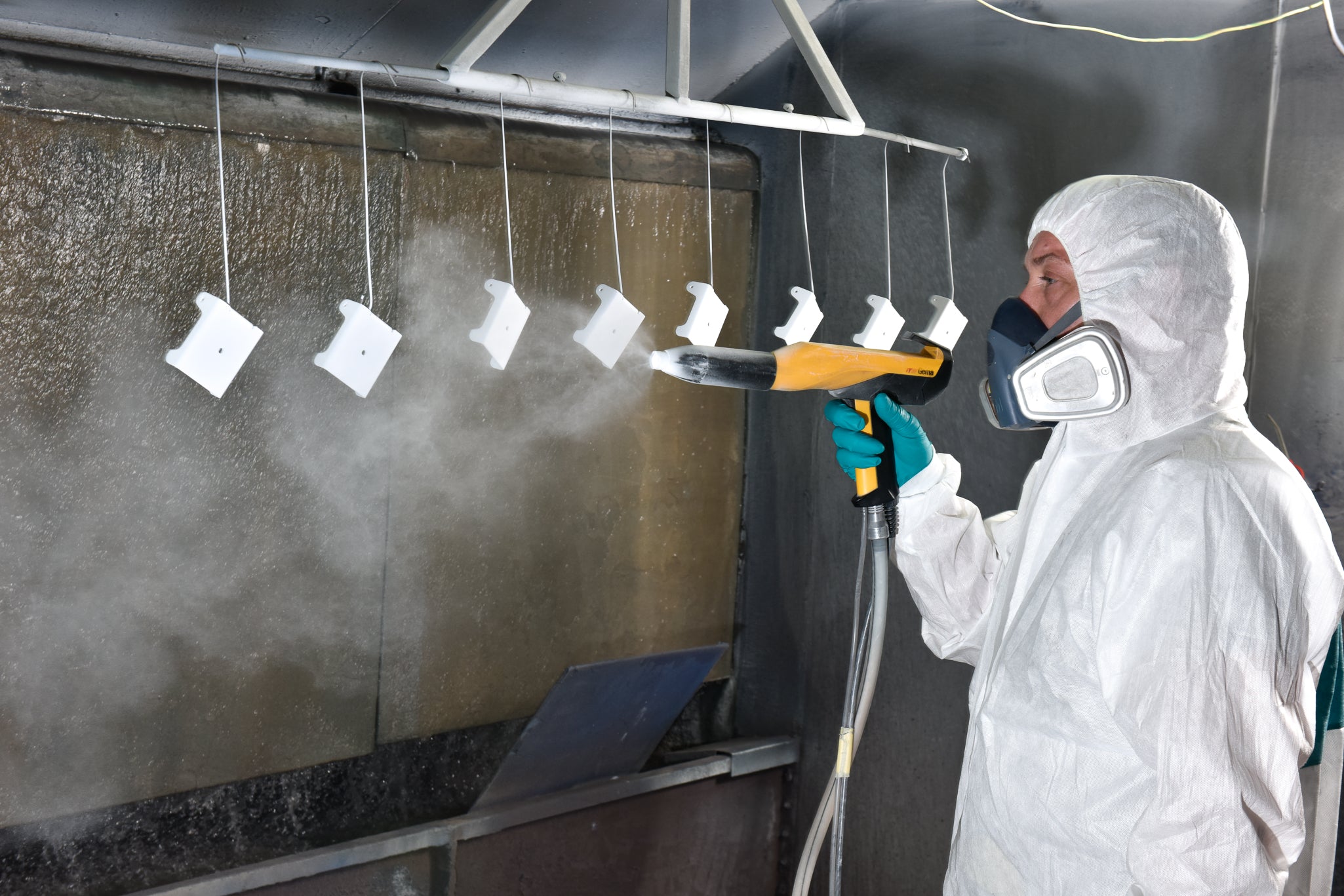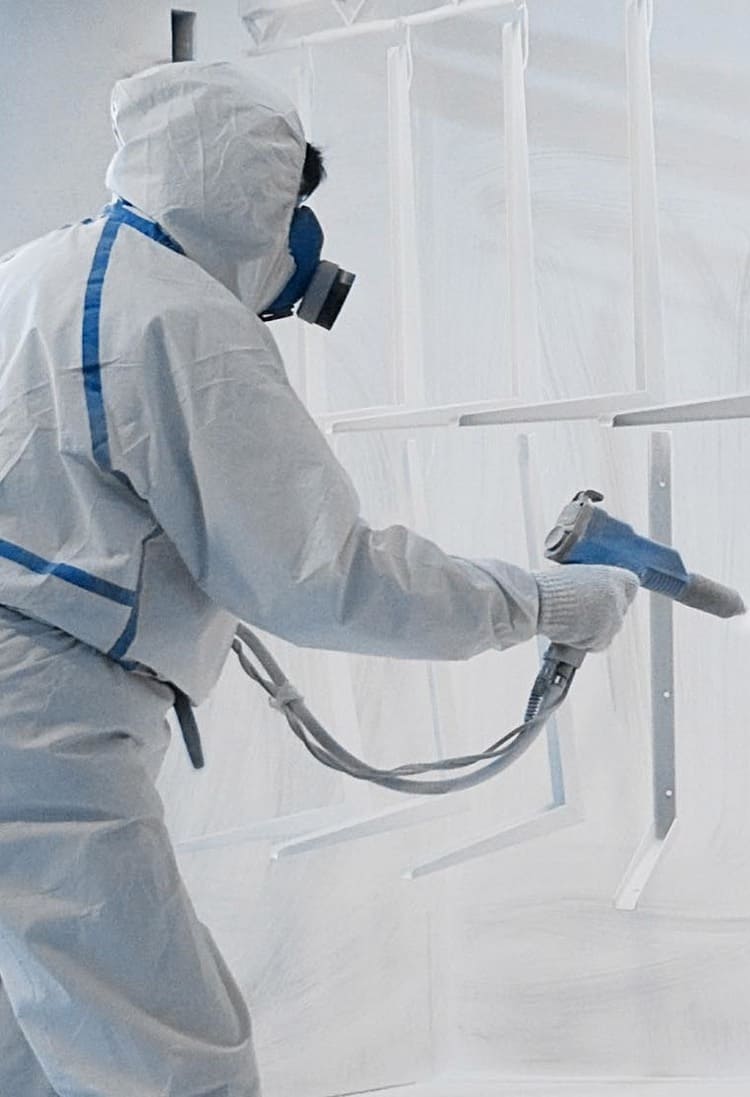

Antimicrobial Finishes
An antimicrobial surface contains an antimicrobial agent that inhibits the ability of microorganisms to grow on the surface of a material. The most common and most important use of antimicrobial coatings has been in the healthcare setting for sterilization of medical devices to prevent hospital associated infections, which have accounted for almost 100,000 deaths in the United States. In addition to medical devices, linens and clothing can provide a suitable environment for many bacteria, fungi, and viruses to grow when in contact with the human body which allows for the transmission of infectious disease.
Antimicrobial surfaces are functionalized in a variety of different processes. A coating may be applied to a surface that has a chemical compound which is toxic to microorganisms yet safe for humans.
Revlite uses photocatalytic coatings (Photoactive pigments) which have been very successfully used on glass, ceramic, and steel substrates for self-cleaning and antimicrobial purposes. Without going into all the chemistry, Oxide semiconductor photocatalysts in the finishes react with incident irradiation (light) and through a reaction with adsorbates at the photocatalyst surface yields an oxidative or reductive effect that degrades living organisms.
These specialized finishes are applied in house in a specially constructed application room.
Ask your Revlite Field Representative for further details regarding specific applications of antimicrobial finishes.
Revlite Antimicrobial finishes meet or exceed the following specifications:
- USGBC LEED® v4
- CAGBC LEED® v4
- MPI
- SCAQMD
- CARB 2000 SCM
- OTC
- LADCO
- US National AIM
- Canada National AIM
- Greenguard (US)

